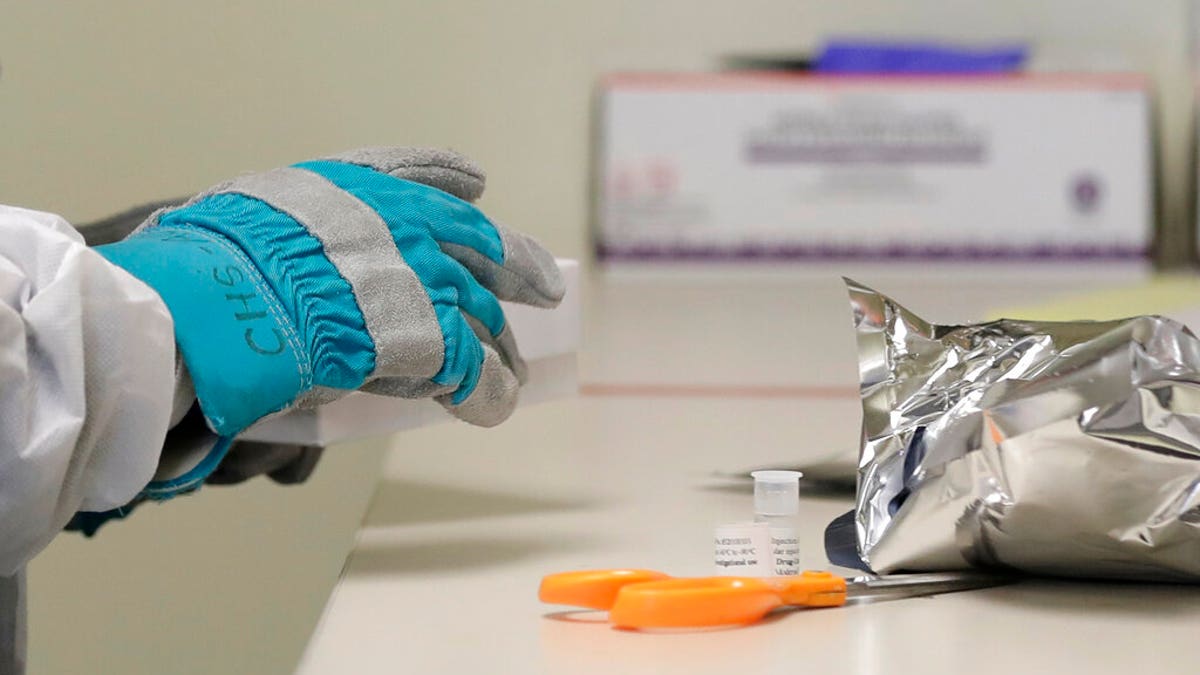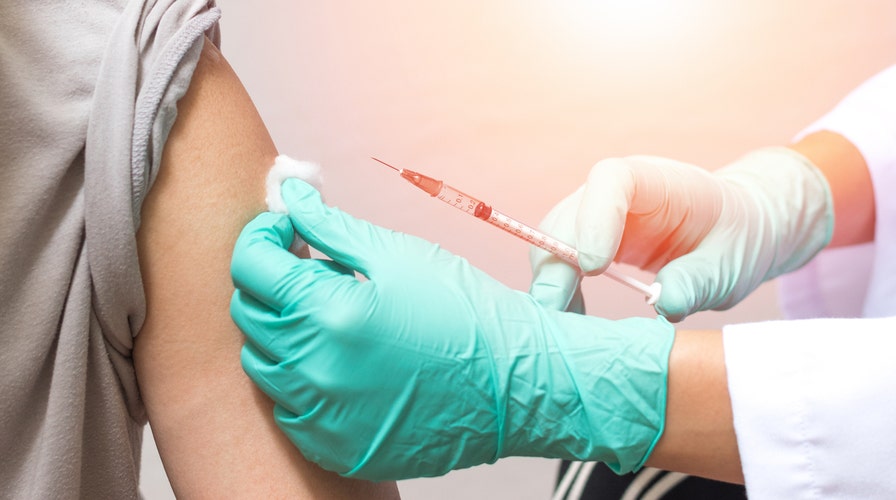Fox News Flash top headlines for July 4
Fox News Flash top headlines are here. Check out what's clicking on Foxnews.com.
New information released by the World Health Organization (WHO) and U.S. Centers for Disease Control and Prevention (CDC) shows future prioritization for a potential coronavirus vaccine could be fraught with peril.
As the discussion of priority groups entered the spotlight on Thursday, the coronavirus continues to present a challenge, as studies show pregnant women infected with the virus might be at greater risk for hospitalization than women who aren't pregnant. The study also cited racial disparities among COVID-positive pregnant women, with Hispanic women exhibiting the highest infection rate at 46 percent.
PREGNANT WOMEN WITH CORONAVIRUS MORE LIKELY TO BE HOSPITALIZED, CDC WARNS
While pregnant women are normally the last to receive a new vaccine due to an abundance of caution, reports suggest they should be close to the front of the proverbial line.
But, the question remains: who would get shuffled down the board?
While Science Magazine reported Friday the coronavirus’ disproportionate toll on the elderly could put them near the top, they often also have the weakest response to vaccines. Health care workers and essential employees would likely be at the forefront of the discussion, as well. But, there are other factors to consider, and around four billion doses would be needed to vaccinate the world's priority populations.
In late June, the WHO presented its "Global Allocation Framework" to member countries. They wrote that three groups -- approximately two billion people -- should receive priority vaccinations: health care workers, adults over the age of 65, and adults with comorbidities.
This comes as a subgroup of the CDC's Advisory Committee on Immunization Practices (ACIP) developed its own five-tier plan for the United States.
The first tier in the scheme includes 12 million "critical" health care and "other" workers, with initial doses given to the "highest risk medical, national security and other essential workers."
The second and third tiers would distribute to 110 million other essential workers or Americans who are over 65, living in long-term care facilities, or have medical conditions that could potentially turn deadly if combined with a COVID-19 infection.
The rest of the "general population" would receive a vaccine in the final tiers.
These plans raise even more questions for many who note the vague categorizations of people, as well as the disproportionate impact the virus has had on communities of color.
ACIP is scheduled to meet again to discuss the issue in August and the WHO plans to finalize "allocation" plans by the end of the summer.

Pharmacist Michael Witte wears heavy gloves as he opens a frozen package of the potential vaccine for COVID-19, the disease caused by the new coronavirus, on the first day of a first-stage safety study clinical trial, Monday, March 16, 2020, at the Kaiser Permanente Washington Health Research Institute in Seattle. (AP Photo/Ted S. Warren)
According to data from the Johns Hopkins Coronavirus Resource Center, there are now over 2.8 million confirmed COVID-19 cases in the United States and just shy of 130,000 deaths.
In addition, assuming the ambitious deadline for a vaccination rollout remains by the year's end, what little was accessible would be in short supply and high demand.
On Thursday, National Institute of Allergy and Infectious Diseases' (NIAID's) Dr. Anthony Fauci told the Journal of the American Medical Association that after months of experimental trials, vaccine candidates will enter late-stage clinical studies by the end of July.
“We may be able to at least know whether we are dealing with a safe and effective vaccine by the early winter, late winter, [or] beginning of 2021,” he said.
According to the Milken Institute, there are over a hundred vaccines under development.
However, just two days prior, Fauci had a dire warning to the American public.
In a Senate Health, Education, Labor and Pension Committee hearing on Tuesday, Fauci told members of Congress that daily new cases in the U.S. could surpass 100,000 new infections if the outbreak rages unhindered amid reopening rollouts.
"I'm very concerned and I'm not satisfied with what's going on because we're going in the wrong direction if you look at the curves of the new cases, so we really have got to do something about that and we need to do it quickly," he told senators.
As states in the South and West see distressing surges in cases and hospitalization rates -- now also taking hold of the country's youth -- many state and local leaders have been forced to shutter businesses once more or scale back reopening plans.
CLICK HERE FOR THE FOX NEWS APP
With coronavirus, many scientific choices -- like prioritization -- have turned into debates about ethics.
While challenge trials have been used to test vaccines for other maladies, there is no cure for COVID-19. That said, NIAID is reportedly developing strains of the virus that could be used to infect participants.
Fox News' Louis Casiano contributed to this report.


